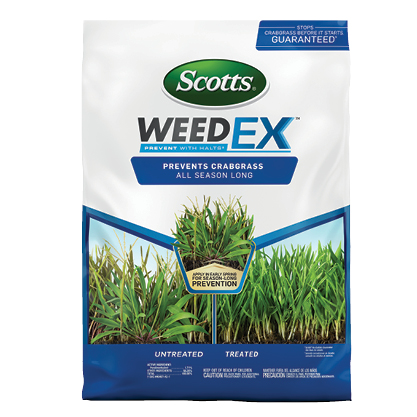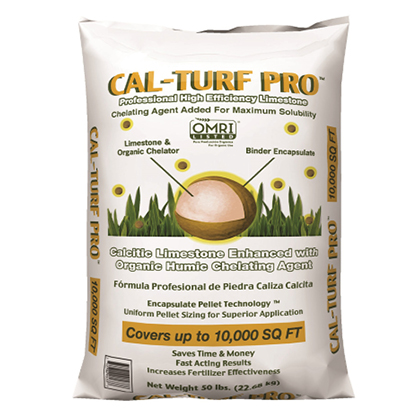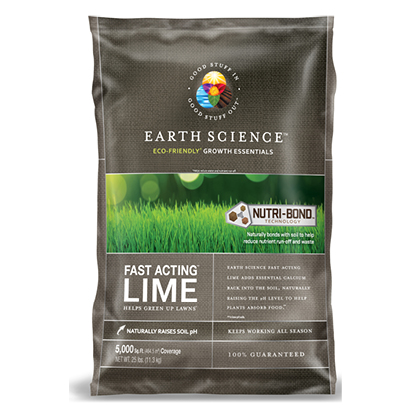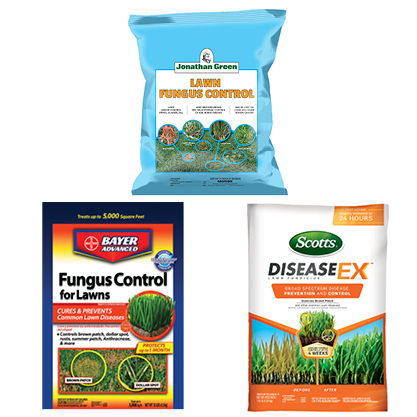Dambly’s Recommended Lawn Care Products:
If Seeding In Spring Instead of Fall:
The regular Step One crabgrass preventers can not be used! Instead, we recommend seeding with a starter fertilizer or the alternative Scotts Step One for seeding. These starter products should be used when the ground temperature has reached 60 degrees, usually early to mid-April.

Grub Killers:
Scotts Grubex and the BioAdvance Complete insect killer should be applied the second week of April. Grubs turn into Japanese Beetles in June who lay their eggs at the end of July. New Grubs hatch in the second week of August, so a secondary application is recommended to kill them when they hatch. The BioAdvance Complete insect killer does up to 12,500 sqft for surface-dwelling insects only.To be effective the whole bag must be used in a 5,000-6,000 sqft area.

Weedex:
This additional product can be applied for crabgrass prevention; it has the active ingredient in the Scotts Step One. Individuals with persistent crabgrass problems should use this product. It should be applied the first week of June and the last week of November. It has been proven effective in helping reduce the number of persistent weeds such as henbit, chickweed, clover, and Oxalis for the following year if applied in November.

Milorganite:
An organic green-up product with proven results. It is one of the few products that can be applied in late July and August due to its Iron content and minimal amount of slow-release nitrogen. This product can be applied every three weeks after any of the four steps, to increase lawn thickening and an even deeper, greener lawn. This product can be used in Veggie and Flower beds and is animal and child-friendly.

Fast-Acting Gypsum:
Gypsum is used to permanently break up clay over a very long period of time. Laid down twice a year, it takes a minimum of three years for the product to work its way through the soil and into the clay, but once there, It provides a permanent chemical decompaction,and aeration. It should be applied when you are doing your liming in Spring and Fall.

Moss Killer:
Moss killers can be applied any time of year unless seeding. After being applied, the moss will turn black, likely after a few days. Most NJ mosses are spore growers and need to be removed from the area after treatment. If they are not removed, they can respawn and spread again. Seeding can happen four weeks after treatment if desired.

Lime:
Liming in NJ should take place in the spring and fall, usually in March and November. The optimum Ph Balance for lawns is between 6.5 and 7. Lime is added to raise the pH and “Sweeten” the soil. Soil testing can be done periodically to see where our pH is landing, and it should be amended as needed. We carry a handful of different limes, but our fast-acting lime is recommended for lawns. This formulation breaks down within 4 weeks, unlike traditional lime, which takes 12 weeks. Also, fast-acting lime comes in 5,000 and 10,000 sqft bags, unlike the 800 sqft bag of pulverized, granular, pelletized lime.

Consider your lawn’s root system like a straw in a glass of crushed ice. This metaphor can help you understand what’s happening in your soil system. The crushed ice represents the natural mineral build-up and fertilizers we put down throughout the year. Over time, these minerals and fertilizers can clog up the “straw,” aka roots, and hinder them from absorbing nutrients effectively. Applying lime is like melting the ice, allowing the straw to drink freely again and ensuring your lawn’s health.

Lawn Fungus Controls:
These products should be used during the first week of June, July, and August. When used as a preventative, the product will help control or eliminate the potential for various lawn fungi that pop up during humid months. If not used as a preventative and fungus appears, the product must be put down at double the rate to be effective as a curative. It is worth mentioning that depending on soil content and seasonal conditions, some lawns may experience lawn fungus as early as late April or May. Just keep an eye on the lawn and look for issues.

